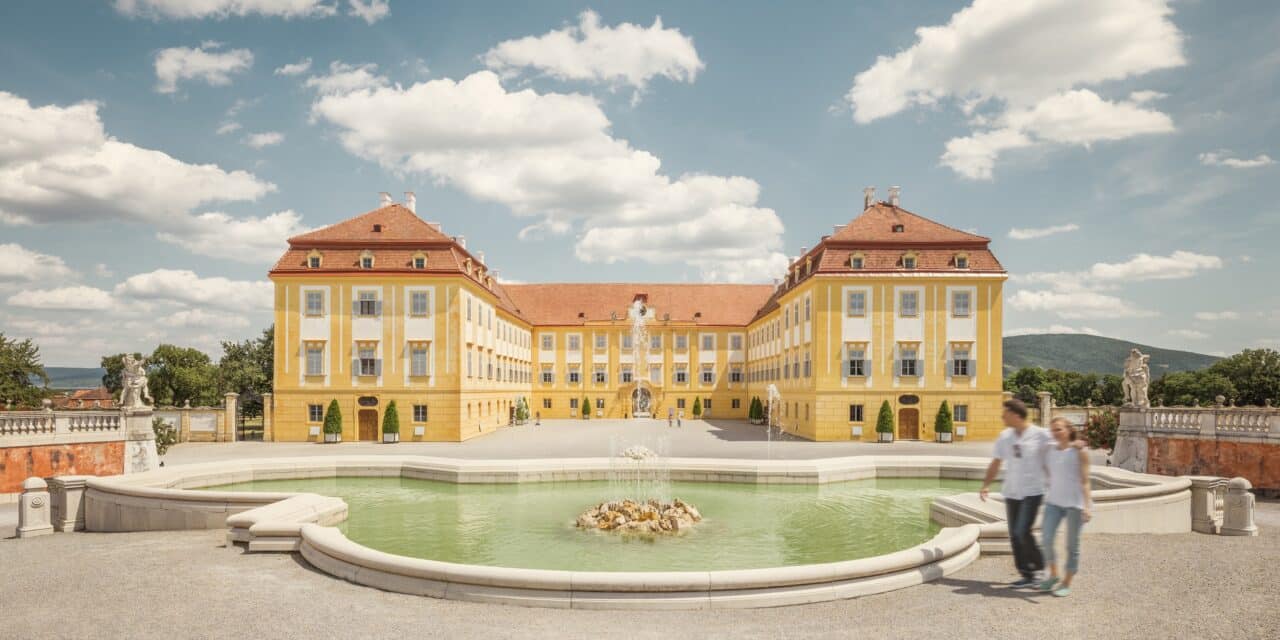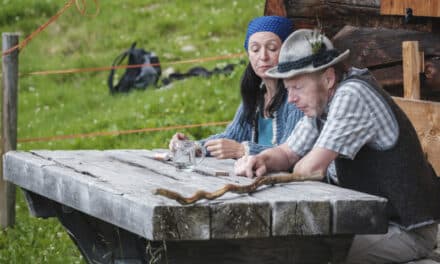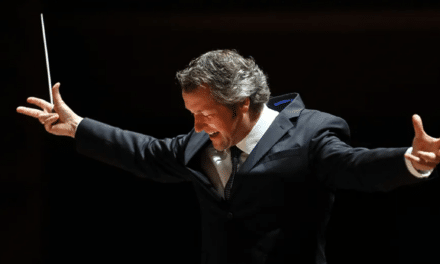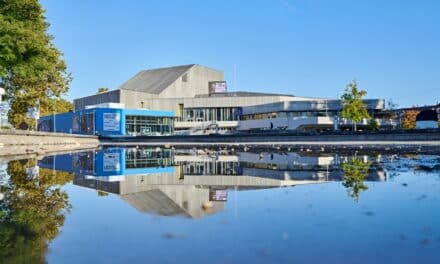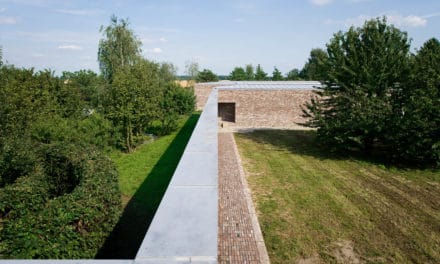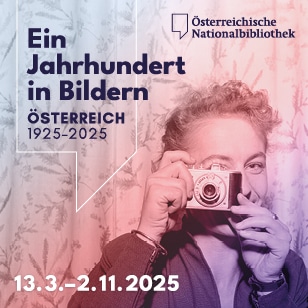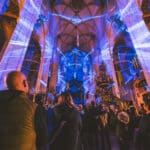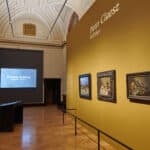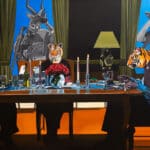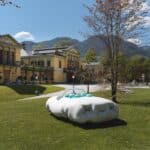The grounds of Schloss Hof extend over more than 70 hectares in the east of Lower Austria. The magnificent ensemble consisting of the two-storey castle, the garden and the estate is of particular artistic and cultural-historical importance.
In 1725, Prince Eugene of Savoy acquired a four-winged castle from the 17th century and had it extended into a magnificent palace complex. At that time, the impressive ensemble of palace, gardens and estate complex was created, which can still be experienced today.
Thirty years later - in 1755 - Maria Theresa took over the country estate. Far-reaching changes were made to the palace between 1773 and 1775: The building was raised by one storey and the rooms on the second floor were redesigned.
The castle was extended by two wings to the west. Until Prince Eugene's death in 1736, more than 800 craftsmen were busy laying out an extensive garden with seven terraces. The estate courtyard to the north of the palace was to be used for economic purposes in the future.
For the exquisite furnishing of the palace rooms - the second floor housed Prince Eugene's residential apartment, the parade apartment, 13 guest rooms, the chapel and the banqueting hall - artists who had already made a name for themselves in the Belvedere palaces, among others, were engaged. These included the interior decorator Claude Le Fort du Plessy and the plasterers Santino Bussi and Alberto Camesina.
THE GREAT INHERITANCE AND INTOXICATING FESTIVITIES
When Prince Eugene died at the age of seventy-three, his only surviving relative, niece Anna Victoria of Savoy-Soissons, inherited all his possessions and became one of the richest women in Europe. Two years after her inheritance, she married Prince Joseph Friedrich of Saxe-Hildburghausen, who was 18 years her junior and to whom she gave the palaces of Hof and Niederweiden. Even after the couple separated, these estates remained in Joseph Friedrich's possession and he knew how to use them as venues for luxurious events.
Prince Saxe-Hildburghausen used his last major celebration at Hof Palace in 1754 to sell the estate for as much profit as possible. For three days, the guests of honor - Maria Theresa and Franz I Stephan of Lorraine - were shown every conceivable spectacle to encourage them to buy. The numerous performances had an effect. A year later, Maria Theresa acquired Schloss Hof and gave it to her husband as a gift.
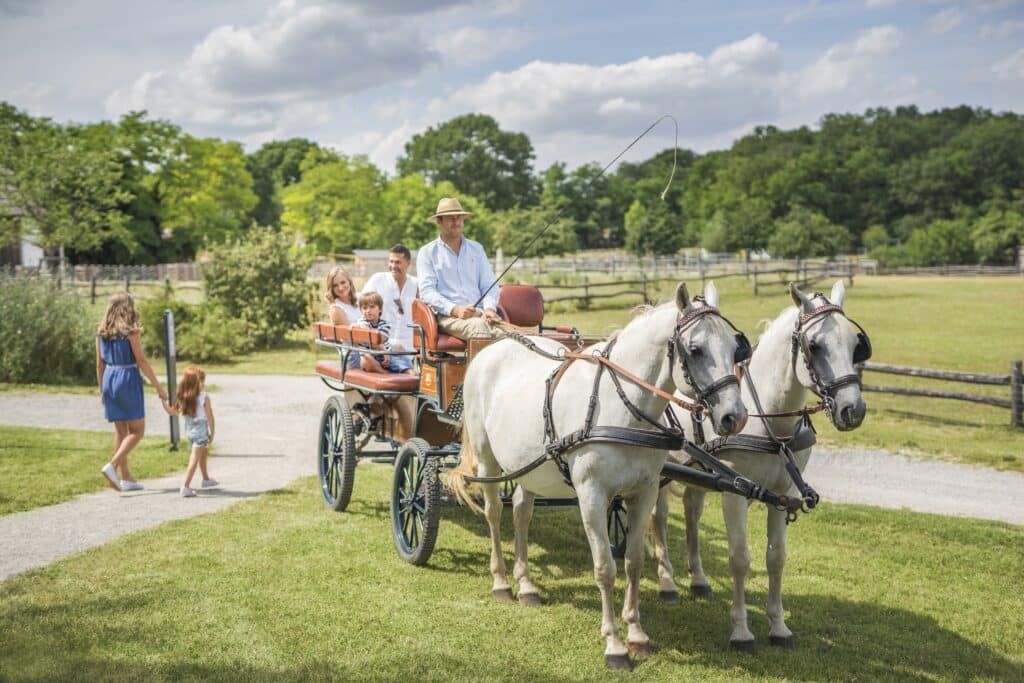
Hof Castle, carriage ride © SKB, Severin Wurnig
IN THE POSSESSION OF THE HABSBURGS - MARIA THERESA'S WIDOW'S RESIDENCE
Shortly after the purchase, minor adaptations began in the palace: Prince Eugene's private rooms were now used by the imperial couple and were refurnished for this purpose. Until his death in 1765, Emperor Franz Stephan spent a few weeks at the palace every year to hunt or "relieve his soul of the burden of ruling" with Maria Theresa and the children, as an inscription on the palace façade facing the garden states.
Far-reaching changes to the palace were made in the 1770s by the imperial court architect Franz Anton Hillebrandt. The building was raised by one storey to create additional guest rooms. The rooms on the Beletage were redesigned in the neoclassical style. In the south wing, Maria Theresa, now a widow, had an apartment furnished predominantly in gray and white. This renovation phase gave the palace its present appearance.
A CASTLE AS A TRAINING CENTER OF THE K.K. ARMY
After the death of Maria Theresa in 1780, the following generations showed little interest in their Marchfeld summer residence and increasingly left it to the influences of nature.
In 1898, Emperor Franz Joseph decided to hand the estate over to the army administration in order to establish a riding and driving school. Before the military moved in, most of the works of art such as furniture, garden sculptures and wrought-iron gates were transported to Vienna in 200 wagons and formed a rich source of furnishings for other imperial palaces over the next two decades.
The most striking change at Schloss Hof during this period was the construction of two new riding halls on the first terrace. After the end of the Habsburg monarchy, the estate became state property.
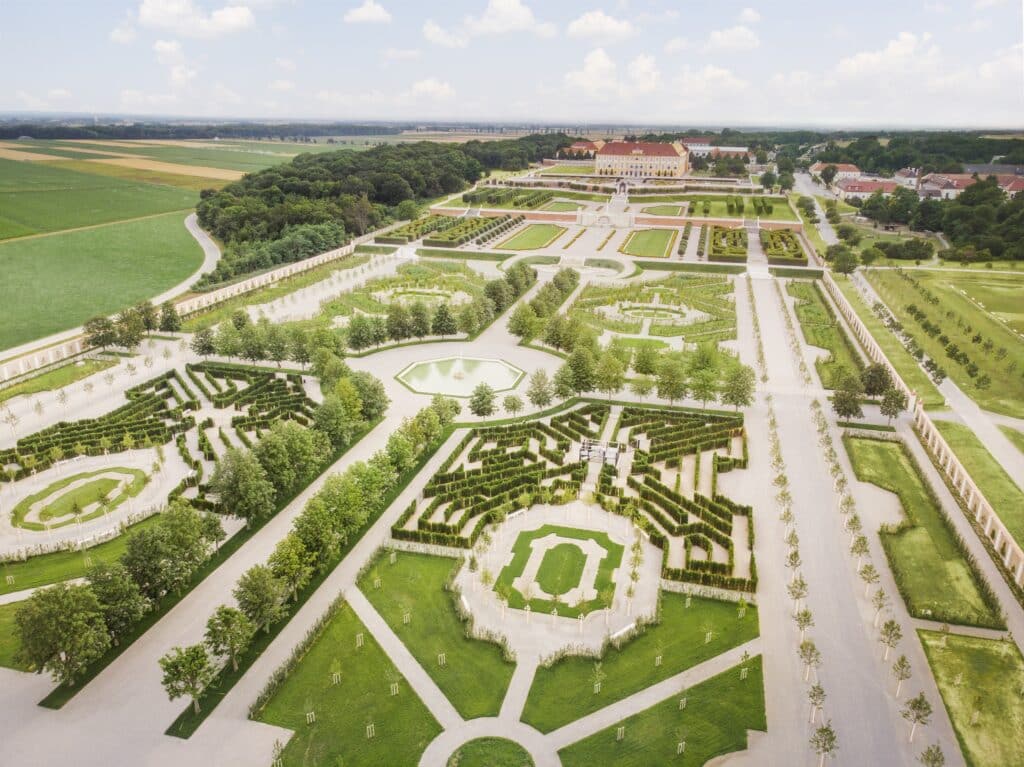
Hof Palace, Baroque garden © SKB, Severin Wurnig
THE GARDEN PARADISE
The site to the east of the palace, which slopes down to the Marchniederung, was predestined for the creation of a garden based on the French model, if only because of its location.
Within a few years, Prince Eugene had architect Johann Lucas von Hildebrandt and garden engineer Anton Zinner create one of the most important gardens in the German-speaking world on a total of seven terraces. The vertical central axis, along which there are numerous fountains, divides the garden into two mirror-image areas on each level.
A well-conceived program of sculptures created by the sculptor Johann Christoph Mader pays homage to Prince Eugene, the lord of the palace. The water required to operate the fountains and supply the plants was drawn from three ponds in the nearby village of Groißenbrunn.
In the 19th and 20th centuries, the garden deteriorated noticeably. The three paintings by Bernardo Belotto, known as Canaletto, were one of the most important sources for the gradual reconstruction of the individual terraced areas, which has been carried out since 2002. These views of the palace complex were commissioned by Maria Theresa around 1760.

